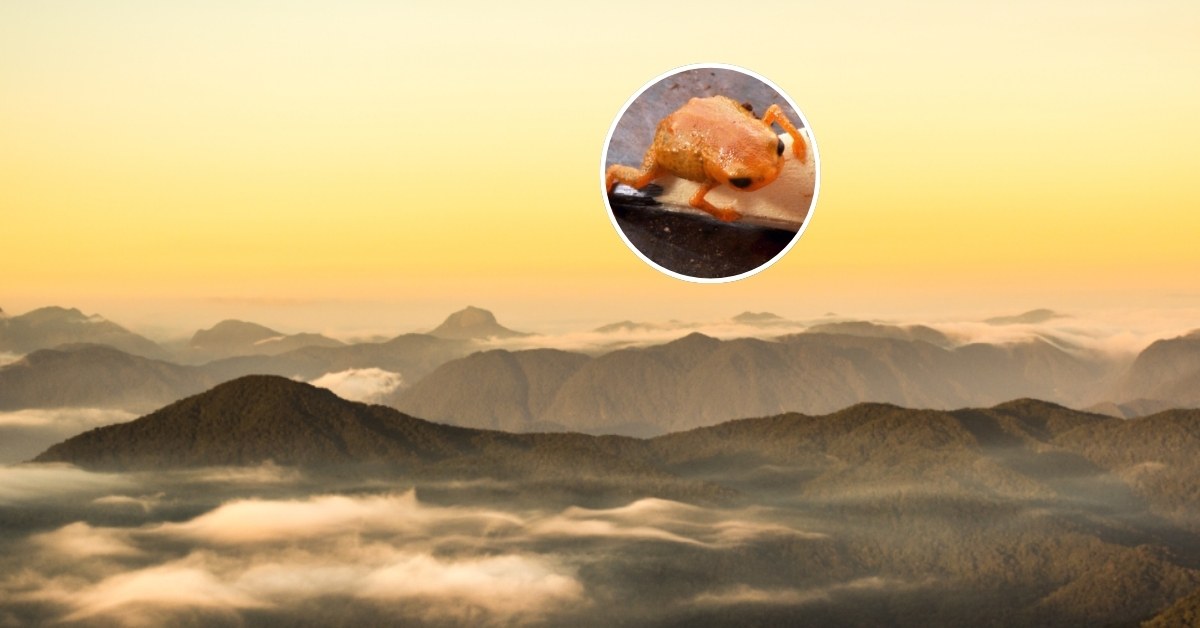For decades, Asheville, North Carolina, has served as a “go-to” vacation destination.
Framed by the Blue Ridge Mountains and Great Smoky Mountains National Park, the idyllic city has long been known for its rich fall foliage, historic 800-acre Biltmore estate, and booming arts district.
But when Hurricane Helene ploughed through the lower half of the East Coast in late September 2024, Asheville was hit by a surge of floods that killed 72 people and displaced 200,000 more.
In the immediate aftermath, officials cautioned tourists to stay clear of Asheville and the surrounding areas in western North Carolina.
But after months of rebuilding, many locals say they’re not just ready for tourists to return — they’re relying on it.
“I live in Asheville but work in the Smokies,” Joe Yarkovich, a wildlife biologist for Great Smoky Mountains National Park, told The Saturday Evening Post in April. “Everything in the park got hit way less hard than what you saw around Asheville.”
“There were trees down, and there was some flooding, but if you want to plan a hiking or camping trip in the Smokies this spring, it’s totally doable,” Yarkovich explained. “Folks don’t realize it, but about 90%of the park has reopened.”
And it’s not just any park. Great Smoky Mountains National Park is the most-visited national park in the United States.
And thanks to an ambitious cataloguing project, entomologist Becky Nichols reported that the park is home to at least 22,143 different kinds of species, including 19 rare firefly species.
“It’s one of the most biodiverse places on Earth,” Nichols emphasized.
One firefly species, the blue ghost firefly (Phausis reticulata), is so rare that it can only be found in the Southern Appalachian mountains.
And every summer, the bioluminescent bugs fill the forests with a steady glow of soft blueish-white light, attracting thousands of tourists to the national park and surrounding woods.
When the floods receded, Nichols was concerned about the fireflies that may have been affected by the storms.
“As far as fireflies are concerned, the larvae live underground for a year before they pupate as adults,” Nichols said. “Undoubtedly there is going to be some impact, especially in the eastern corner of the park, which got hit the worst.”
“The low-lying areas on the North Carolina side of the park were inundated. So yes, I would expect there will be some impact from the storm, but,” Nichols cautioned, “there will be enough reserves of other larvae. They’ll come back.”
And they have.

Since early May, park rangers and local tour guides have been walking visitors through the woods to see the blue, glowing beetles up close.
“Every year, the Blue Ghost Firefly Tour offers visitors a magical glimpse into one of nature’s most captivating sights,” Dallas Martin of Asheville’s FIND Outdoors said in a recent press release.
“This event is not just about experiencing the beauty of the fireflies,” Martin added, “it's an opportunity to learn about conservation, the delicate balance of our forest ecosystems, and how we can protect these incredible species for generations to come.”
Another popular attraction is Asheville’s synchronous firefly viewings — an annual phenomenon in which synchronous fireflies (Photinus carolinus) gather en masse and twinkle together in harmony.
The sightings have become so popular that Great Smoky Mountains National Park began holding lotteries so that winners can view the beetles at select times, without overwhelming them with light pollution from flashlights, headlights, and phone flashes.
Nicole Will of Asheville Wellness Tours told the BBC that blue ghosts are especially “sensitive to light.”
“If you're more familiar with fireflies, they're blinking in the backyard, they don't care that your porch light is on,” Will explained. “But [blue ghost] fireflies, if your phone screen lights up… they're like, 'nope'.”
According to Will, the firefly tours and lotteries have brought a much-needed surge of tourism back to the city.
“It's a huge morale boost to have people frequent our small businesses,” Will said. “Asheville [is] unique in terms of the concentration of locally owned businesses here.”
“Almost anywhere you turn, you're going to be supporting someone who has been through this traumatic period,” she said. “And what we do all day, every day, is share and hope to connect people more deeply to Asheville and the region.”
See the fireflies in action:
You may also like: Climate Change is Killing Fireflies; Here’s Why (and How) We Should Protect Them
Header image via Bobby Bradley / Visit Asheville



